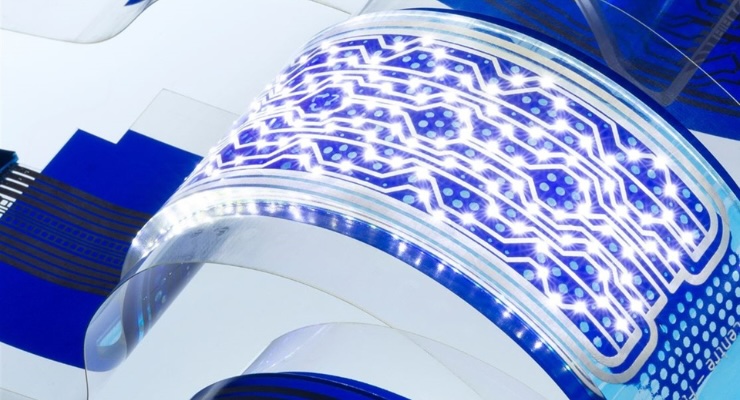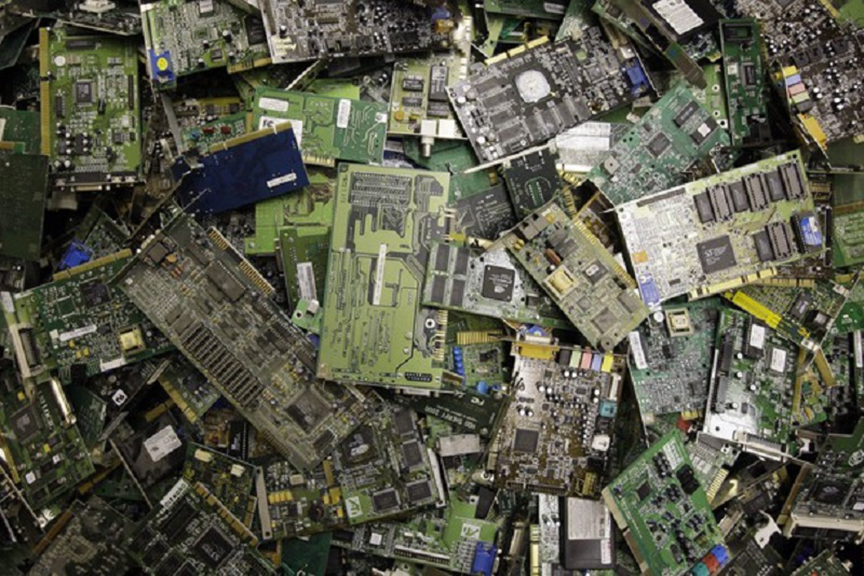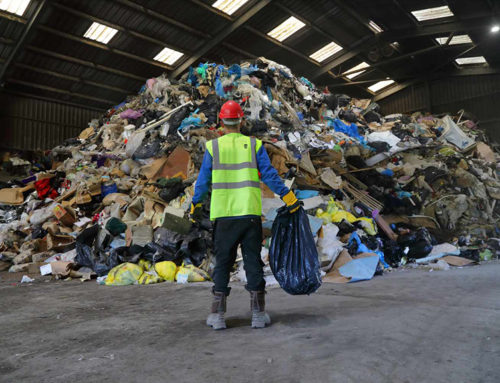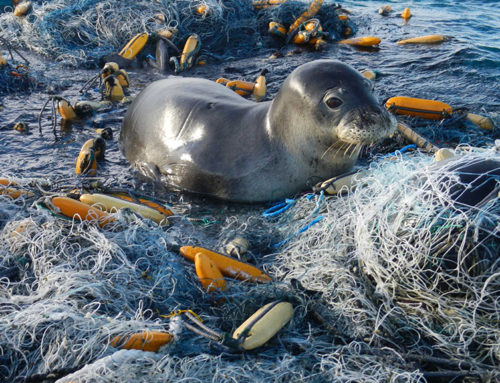The Dutch TNO research institute has developed a new disassembly method for end-of-life electronics, a significant advancement for the e-waste industry. This innovation makes it much easier to take apart e-scrap with integrated plastics thanks to a water-based layer that can be inserted between the components and the outer plastic layer. While this represents a major step forward, it underscores the ongoing need for proper handling and recycling of specific components, such as printer ink cartridges, which cannot simply be shredded or thrown into landfill waste.
A Major Step Forward for E-Waste
The e-plastics market was worth almost $35 billion in 2023. With the volume of e-scrap expected to reach 75 million tons by 2030 and 110 million ton by 2050, innovations like TNO’s disassembly method are crucial. This new process ensures that printed electronic components and interconnects encased in plastics can be efficiently disassembled, preventing them from being shredded or incinerated, which contributes to CO2 emissions and the loss of valuable raw materials.
TNO’s tests have shown that the water-based layer is robust enough to withstand 1000 hours of humidity up to 85% and temperatures of 85 degrees Celsius. This material allows for the efficient removal of all plastic without damaging the electronic circuitry, making it possible to remove, repair, and replace faulty components before reapplying the plastic.
The Critical Need for Proper Ink Cartridge Recycling
While this innovation facilitates the recycling of many electronic components, it highlights the unique challenge posed by printer ink cartridges. Unlike other electronics that can now be more easily disassembled, ink cartridges require specific recycling methods to ensure environmental safety and resource recovery. These cartridges cannot be shredded or thrown into landfill waste due to the hazardous materials they contain, such as leftover ink and microchips.
Improper disposal of ink cartridges leads to environmental contamination and wasted resources. They must be removed from the printer, properly sorted, and sent to specialized recycling facilities. Facilities like Planet Green Recycle in Chatsworth, CA, are equipped to handle the specific needs of ink cartridge recycling. These facilities disassemble the cartridges, reclaim usable materials, and ensure that any hazardous substances are safely processed.

Seamless and Recycling-Friendly Innovations
The TNO research institute notes that companies are increasingly using printed forms of electronics due to their seamless integration into most products. A recent study estimates that the printed electronics market is currently worth over $160 million, with projections reaching $3 billion by 2032. Popular applications include wearable medical sensors and car dashboards, which benefit from the lightweight and fast production capabilities of integrated plastics.
However, the shift towards more recycling-friendly electronics also means acknowledging and addressing the specific recycling needs of components other than typical e-scrap, like printer ink cartridges. Enhancing the recycling and repair of all electronic components, including ink cartridges, will yield significant cost savings and more efficient use of materials. This approach aligns with sustainable production methods and complies with ecodesign rules and the Sustainable Products Regulation.
Environmental and Economic Benefits
Recycling ink cartridges not only benefits the environment but also contributes to reducing costs for consumers and businesses alike. By recycling and remanufacturing ink cartridges, the need for new raw materials is minimized, lowering production costs. These savings can then be passed on to consumers, helping to bring down the overall costs that weigh against a printing budget. Additionally, reducing environmental impact through proper recycling practices helps preserve natural resources and decreases the carbon footprint associated with manufacturing new cartridges.
The Dutch TNO research institute’s new disassembly method is a breakthrough for the e-waste and e-scrap industry, making it easier to recycle electronics with integrated plastics. However, it also highlights the critical need for proper recycling of printer ink cartridges, which cannot be treated like other electronic waste. Ensuring these cartridges are removed, sorted, and recycled appropriately is essential for reducing environmental impact and conserving valuable resources. Facilities like Planet Green Recycle in Chatsworth, CA, play a vital role in this process. As we move towards more sustainable practices, it is vital to address the unique challenges of each component, ensuring a cleaner and more efficient recycling process for all.






